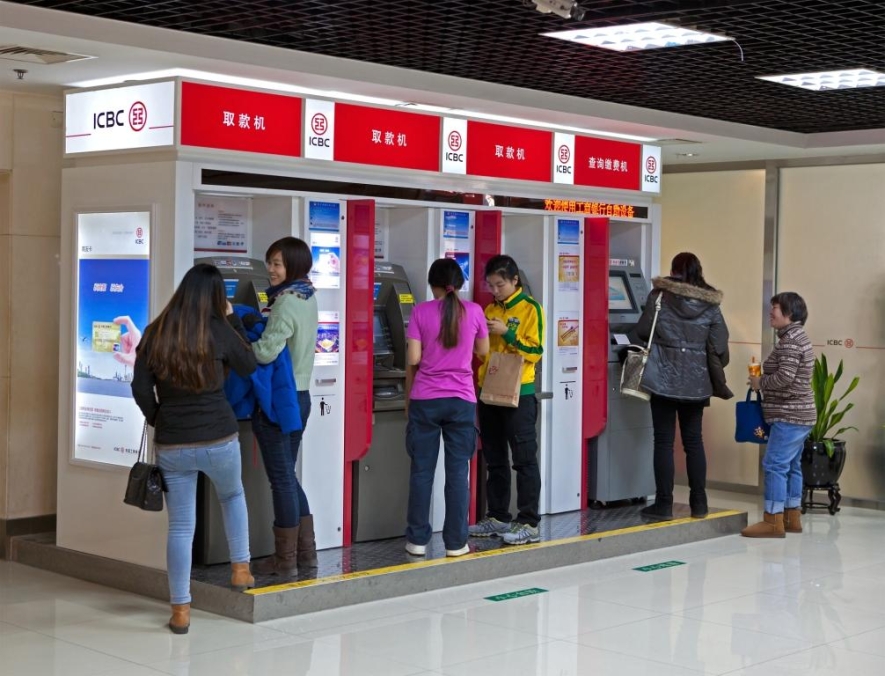
Chinese banks' 2016 results prove profitability pressures persist
Smaller banks reported weaker liquidity positions.
Moody's Investors Service says that the 2016 results of the 11 listed Chinese banks rated by Moody's continued to testify to profitability pressures from China's slowing economic growth, despite the absence of any significant deterioration in reported asset performance.
At the same time, the banks' capitalization and liquidity positions remained stable overall, but weakened among the smaller entities due to their faster rate of asset growth.
"Overall, the moderating nature of the economic growth weighed on corporate loan growth and profitability during 2016, but its impact on asset performance remained manageable, while the smaller banks saw pressure on their capitalization and funding profiles," says Yulia Wan, a Moody's Assistant Vice President and Analyst.
Here's more from Moody's:
The 11 banks reported average loan growth of 12% in 2016, compared with 10% in 2015, while the national joint-stock commercial banks continued to grow their loans faster than the major state-owned banks.
"In an echo of the strong housing market, mortgage loans were a key driver of loan growth, and jumped 33% on average in the year. Again, national joint-stock commercial banks reported stronger growth, but the share of mortgages in their loan portfolios was still below that of
state-owned banks," says Wan.
"Mortgage loans historically have shown very low risk in China, benefiting the asset performance of the state-owned banks, but the latest originations likely entail a high level of risks on the back of the sharp rise in property prices in 2016," adds Wan.
In contrast, corporate loans rose by an average of only 5%, down from 7% in 2015, and growth again was generally higher among the national joint-stock commercial banks.
During 2016, the reported asset performance for the 11 banks was largely stable, with general improvements in their new 90+ day delinquent loans ratio. This ratio -- as a percentage of average loans -- decreased to an average of 0.71% in 2H 2016 from 1.26% in 1H 2016 and 1.04% in 2H 2015.
Special-mention loan, or loans that are extended to vulnerable borrowers, decreased by an average of 15 basis points in 2H 2016 to 3.46%. All banks but one reported loan loss reserves that exceeded their 90+ day delinquencies.
The banks' stable reported asset performance came despite our view that current asset risks remain biased to the downside because of rising corporate leverage and strong mortgage growth amid rapid house-price appreciation. Furthermore, the NPL ratios for the manufacturing, wholesale and retail, as well as mining sectors on average increased by 0.8, 1.0 and 1.6 percentage points respectively in 2016.
Profitability remained under pressure throughout the year, as reflected in a continued decline in the banks' return on average assets (RoA), due to a further narrowing in net interest margins (NIMs) and higher loan impairment charges.
While the banks are making continued efforts to grow their fee incomes, net interest income still accounted for around 70% of their revenue, and will continue to be subjected to the pressures of increasing funding costs. RoA for the 11 banks dropped to 1.05% in 2016 from 1.15% a year ago.
Capital and funding/liquidity trends were stable overall, but weakened among the national joint-stock commercial banks, reflecting their stronger pace of asset growth.
In particular, given their less favorable position in competing for deposits, the smaller banks' reliance on wholesale funds continued to increase, while the tenor of such funding shortened slightly in 2H 2016, indicating a rising vulnerability to financial market volatility.






















 Advertise
Advertise






